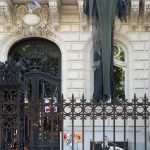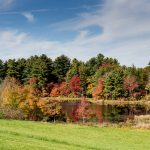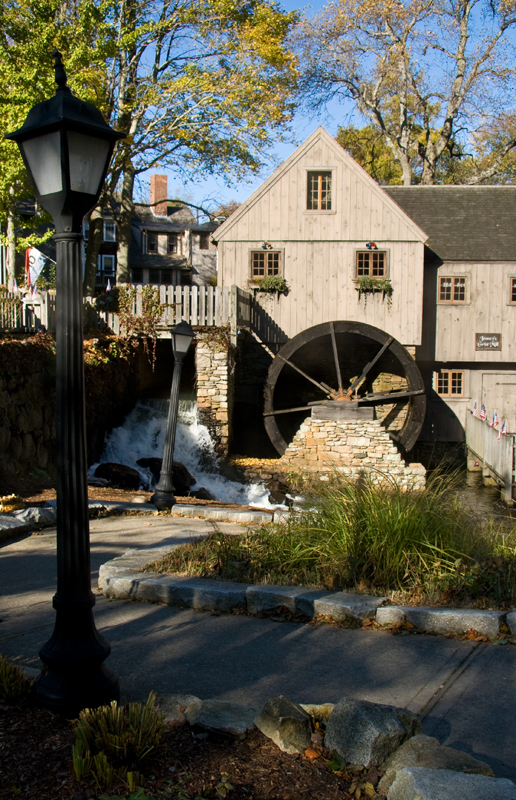
After taking photos of the water crashing against the sea wall we headed over to the Jenney Grist Mill for lunch. I found it to be very tasty. I don't remember ever eating there before. The only thing I remember of the Jenney Grist Mill is standing along the edge of the pond feeding the ducks and geese (and seagulls). You aren't allowed to feed them anymore so they don't come to the pond…feels kind of strange. I think it must be the silence and clean sidewalks.
If you remember back on the Brewster Gardens blog it talked about the Town Brooke running through that area. Well, it also runs through the Jenney Grist Mill. That's about all I really know, so I'll borrow the rest of the text for this blog from the Jenney Grist Mill website: http://www.jennygristmill.org/
"The Pilgrims found this river important for three reasons. The first is that over the rivers mile and a half run it drops 80 feet in elevation allowing for ample waterpower. The second is that the river and the pond that feeds it are spring fed so that even in times of drought, the river never runs out of water. The third is that the river supplied the Pilgrims with their fertilizer. Every spring fish called herring migrate from the ocean up to the pond to spawn. On the way by the mill the Pilgrims would take the fish from the river and plant them in the sandy ground to fertilize for the planting of the corn. To this day, over a six-week period, thousands of fish go up this fish ladder to spawn.
John Jenney, who built the mill in 1636, changed the quality of life for the Pilgrims. By grinding corn with water power, it was easier to feed the increasing population. The building of the mill was also instrumental in the establishment of the free market system. Eventually there were over 14 mills built on this river contributing to the beginning of industry in the United States.
The recreation of the Jenney Grist Mill is built on the location of the first mill built in the United States. The mill is operational and runs the same as it did when it was originally built in 1636."






Jamie
"Thank you. Mayflower House has a beautiful flower garden. "
Kathy
"I just love your flowers! "
Jamie
"Yes, it was at Nelson Park. An event they have once a year ..."
Michelle
"So pretty. I love how the American flag is highlighted by the snow. "
Michelle
"She is so sweet. It makes you think twice about eating hot dogs! "
Michelle
"That is serious devotion! So cute. Is this at Nelson Park? What was ..."
Shirley
"Yes. So lovely! "
Shirley
"Wow. That is crazy lush! "
Jamie
"They really do a great job with their parks and there are so ..."
shirley
"Oh my. This is freaking beautiful! "